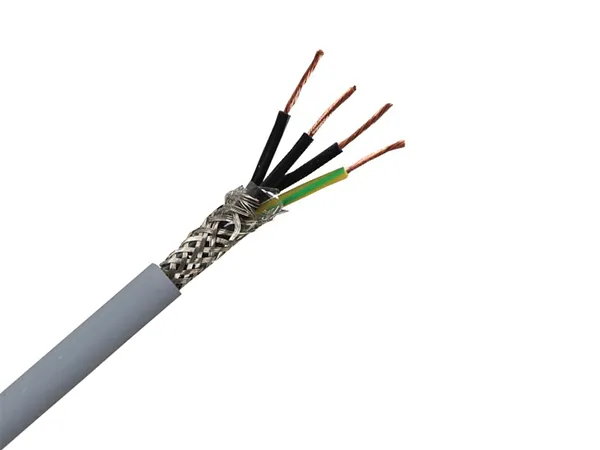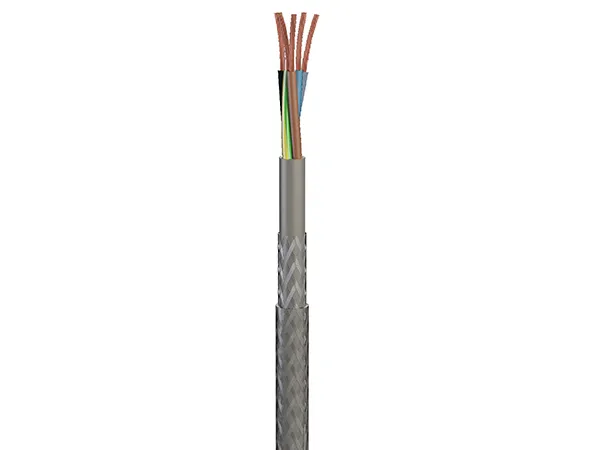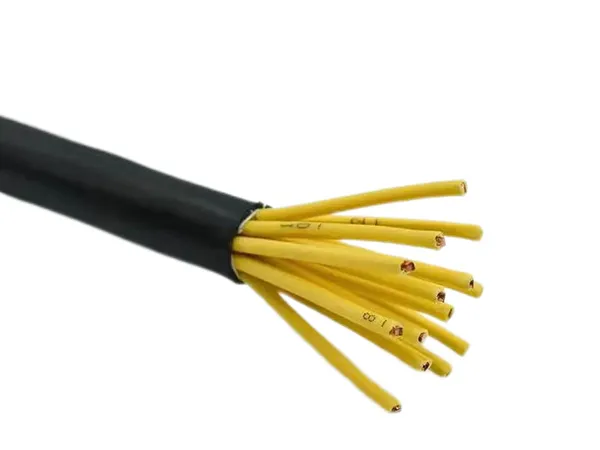What are the roles of control cables
Control cables are flexible, insulated cables designed to transmit control signals, electrical power, or data between devices. They play essential roles in various industrial, commercial, and domestic applications. Their primary roles include:
Control Cables Roles

1. Transmission of Control Signals
Purpose: Carry signals from control devices (e.g., switches, sensors, or programmable logic controllers) to actuators, motors, or other devices.
Example: Operating machinery or equipment in industrial settings.
2. Power Distribution
Purpose: Deliver low-voltage power to components within a control system.
Example: Supplying power to sensors or small actuators.
3. Data Communication
Purpose: Transmit data between devices for monitoring and automation purposes.
Example: Communication between a supervisory control and data acquisition (SCADA) system and remote field devices.
4. Signal Integrity
Purpose: Ensure signal stability and reduce interference, especially in environments with electrical noise.
Example: Shielded control cables used in factories to minimize electromagnetic interference (EMI).
5. Flexibility and Reliability
Purpose: Allow movement and bending in dynamic applications without compromising performance.
Example: Cables in robotic arms or conveyor belts.

6. Safety and Insulation
Purpose: Provide proper insulation to protect against short circuits, electrical shocks, and environmental hazards (e.g., moisture, heat, or chemicals).
Example: Cables used in outdoor or hazardous industrial environments.
7. System Coordination
Purpose: Enable coordinated operation of multiple components in complex systems.
Example: Controlling multiple motors in an automated assembly line.
Common Applications:

Industrial automation
Machine tools
HVAC systems
Energy and power plants
Transportation systems (e.g., trains, airplanes)
Domestic appliances
Proper selection of control cables is crucial for ensuring the efficiency, safety, and longevity of the system in which they are used
Source: JianYunCable
Comments
Post a Comment